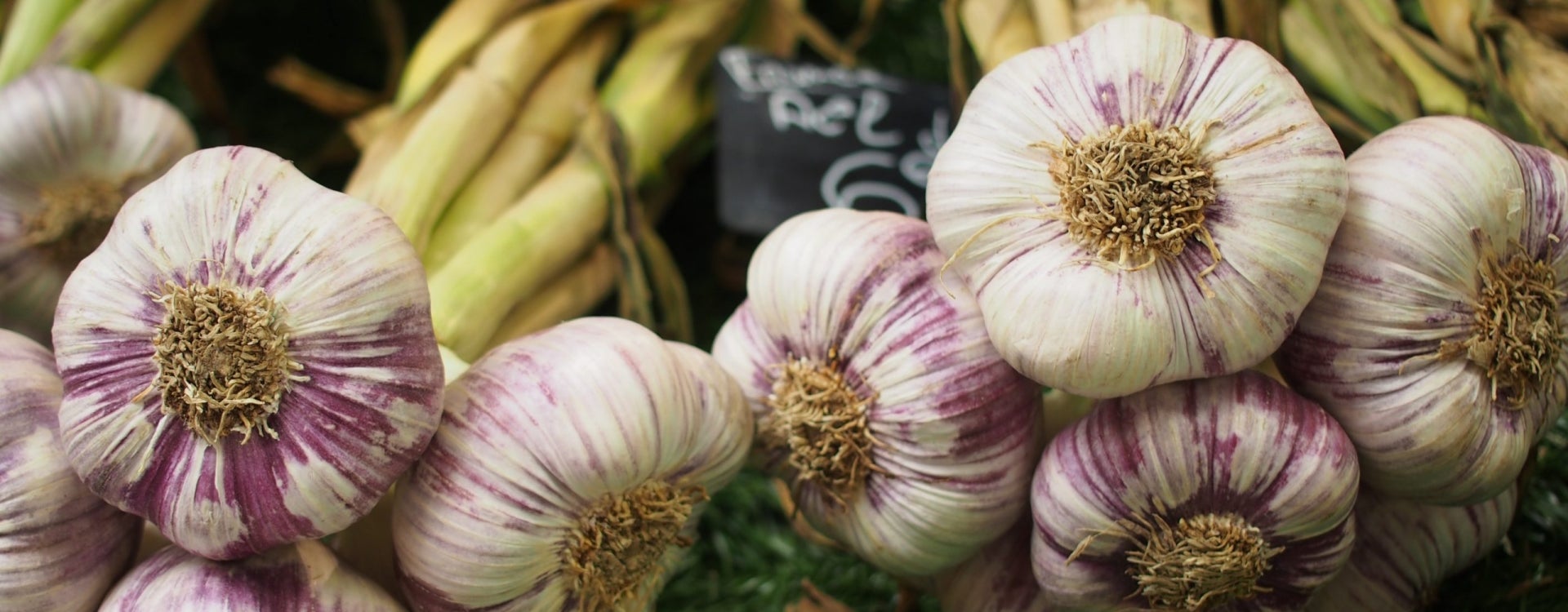Foods That Help Fight Germs
Introduction:
Natural fruits, vegetables, and herbs are integral components of a healthy diet that provide benefits beyond vitamins and minerals. Plants also possess phytochemicals that can help support our immunity and vitality. In order to survive outside, plants must produce their own antivirals, antifungals, and antibiotics. Fortunately for us, we have the ability to eat plants! When we consume these plants, or even use them topically, we can gain some of the disease-fighting properties they produce. Listed below are 5 common foods that can naturally help our bodies combat bacterial, viral, and fungal infections.
Garlic
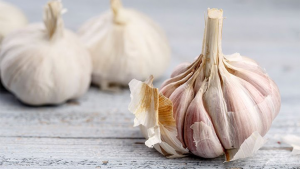
Garlic possesses antibiotic, antiviral, antifungal, and antimicrobial properties. It can even help to clear out heavy metal toxins from the body. This food is high in antioxidants which can prevent cellular damage and boost the strength of our immune systems. Protective compounds are produced by garlic bulbs to inhibit the growth and effects of plant pathogens. The potent antimicrobial properties of garlic are also effective at abolishing Escherichia coli (E. coli) and staphylococcus aureus (staph infections).
How to prepare? Minced garlic is commonly used as a tasty seasoning. Just be careful when cooking garlic as it does burn easily. The smaller the garlic is cut, the quicker it will cook. To avoid burning garlic, keep cooking temperatures under 375 degrees Fahrenheit and limit cooking durations to less than 45 minutes on medium heat. Fresh is best when it comes to saving money and getting the most bioactive compounds possible per serving of garlic. Oil-based garlic extracts can also inhibit bacterial growth. Pre-minced cans of garlic are convenient, but do not possess as much active content as fresh garlic.
Red grapes
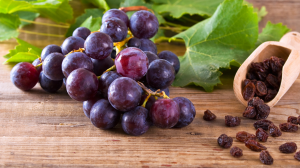 A compound called resveratrol is produced in grapes to help defend the plant against harmful microbes. In humans, this compound acts as an antibacterial and antioxidant by working with vitamin D to regulate genes that control our immune system. This compound even offers anti–aging benefits, as well as, anti-influenza effects that reduce airway inflammation caused by viral infections.
A compound called resveratrol is produced in grapes to help defend the plant against harmful microbes. In humans, this compound acts as an antibacterial and antioxidant by working with vitamin D to regulate genes that control our immune system. This compound even offers anti–aging benefits, as well as, anti-influenza effects that reduce airway inflammation caused by viral infections.
How to prepare? Rinse off some grapes and eat them fresh; cut them in half and throw them into a salad; mash them up into a jam and spread them on some toast; squeeze them into a juice; or drink them in the form of red wine if you are 21 or older.
Ginger
The ginger root is another common dish ingredient with some pretty impressive antiviral, antimicrobial, and antifungal capabilities. An active component in fresh ginger called piperine, can help to counteract viral infections by stimulating our immune system to secrete defense mechanisms that block viral attachment to our airways. It is also believed that ginger oils are able to inactivate herpes simplex virus (HSV) before it even enters cells.
How to prepare? Ginger oils can be applied to skin in diluted forms. Ratios of ginger oil to carrier oil will vary based on the amount of skin that the oil will cover, and the intended purpose of the oil. For instance, a 1% dilution is a good option for a daily full body application, whereas, dilutions of 5% would be safe for short term uses. An example of a 1% essential oil ratio would be 2 teaspoons of carrier oil for every 3 drops of ginger oil. Some great carrier oils include olive oil, coconut oil, or jojoba.
Coconut oil
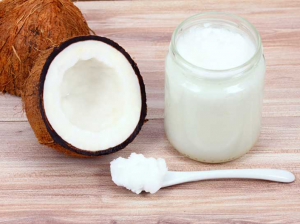
Coconut oil is a sweet nutritious food with awesome antimicrobial capabilities. The high concentrations of lauric and capric acid in the oil prevent the growth of harmful bacteria and fungi, including those that cause acne and athlete’s foot [9]. Coconut oil is also rich in medium chain triglycerides (MCTs) which are great for the brain, cardiovascular system, and skeletal muscles. The MCTs in coconut oil can help to improve exercise performance by increasing the efficiency of the mitochondria in our cells. Anything that makes exercise easier and increases our chances of partaking in physical activity can greatly reduce our risk of getting sick as moderate exercise is known to enhance the ability of our immune system to patrol, detect, and defend against pathogens.
How to prepare? Coconut oil is solid at room temperature but quickly melts into a liquid at temperatures greater than 78 degrees Fahrenheit. Coconut oil can be consumed raw or used as a cooking oil, be mindful of portion sizes. Consuming roughly 2 tablespoons of coconut a day can help enhance our natural immune response to flu viruses and reduce the risk of becoming infected after exposure. Oil pulling has become a popular practice to help inhibit the growth of bacteria that causes bad breath and cavities by using a tablespoon of coconut oil as an all-natural mouth wash. Coconut oil can also be directly applied to skin for hydration and protection. You can even mix in a little curcumin to the coconut oil for even more potent bacteria fighting benefits!
Curcumin
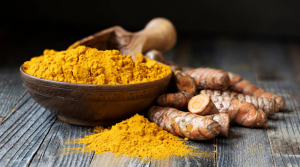 An active component of the turmeric root called curcumin can block the ability of a bacteria to multiply and take over the body and reduce the harmfulness of infections. The more curcumin, the merrier. Higher concentrations of curcumin are shown to have even stronger killing abilities against bacteria all without having any toxic effects on human health.
An active component of the turmeric root called curcumin can block the ability of a bacteria to multiply and take over the body and reduce the harmfulness of infections. The more curcumin, the merrier. Higher concentrations of curcumin are shown to have even stronger killing abilities against bacteria all without having any toxic effects on human health.
How to prepare? Curries are a delicious way to incorporate this spice into the diet. Although curcumin is present in turmeric, you can find isolated curcumin as a seasoning on its own in the store. A tablespoon of curcumin a day keeps the nasty bacteria away!
Closing comment:
Remember, we are what we eat so be sure to incorporate some phytochemical rich plants to help your body become a better germ fighting machine!
